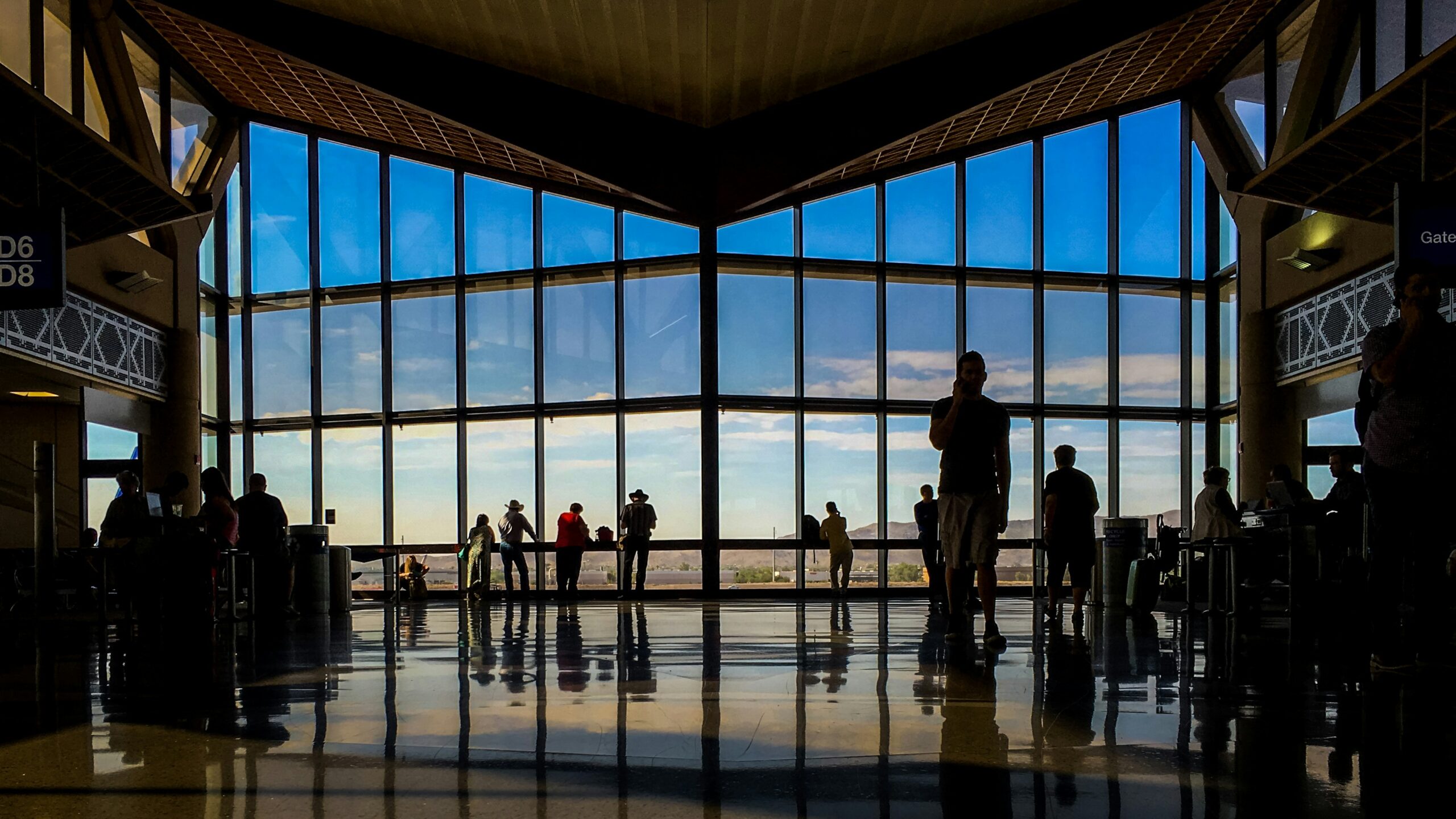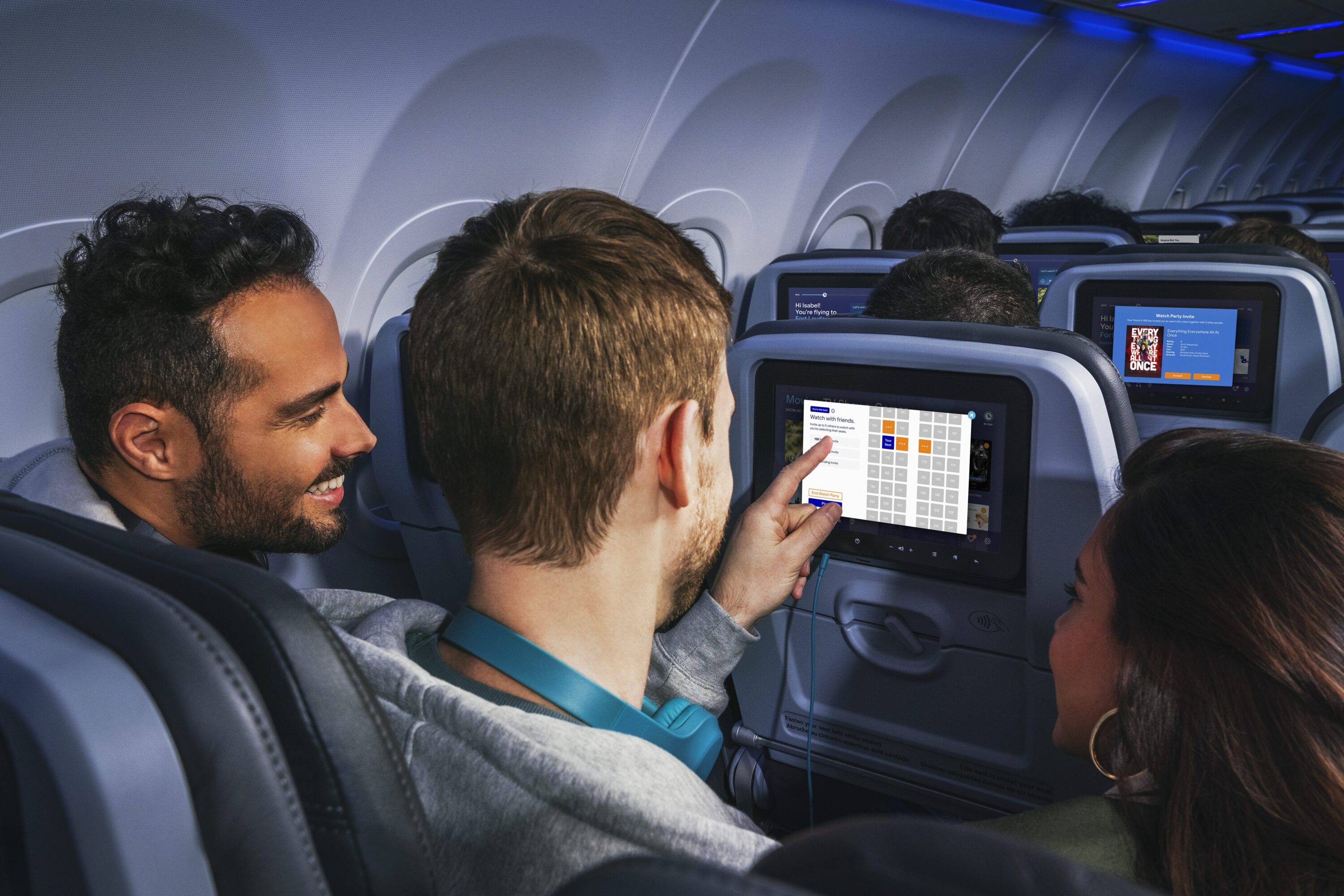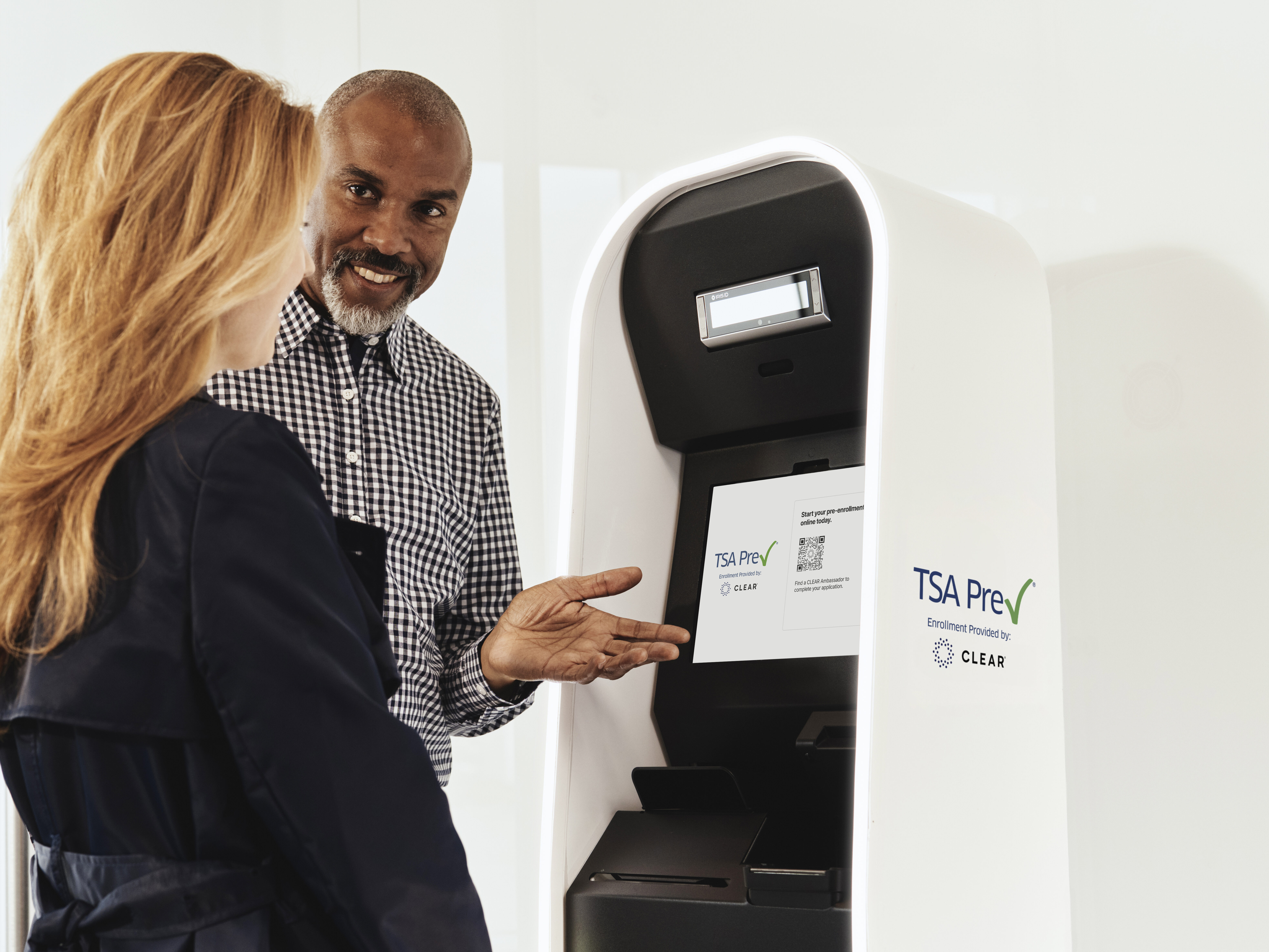Unmasking the Deception: The Alarming Rise of Fake Reviews
Tripadvisor identified over 1.3 million fake or fraudulent reviews in 2022, mostly associated with paid review companies, leading to increased scrutiny and efforts to improve detection
by Lark Gould
May 17, 2023

Photo: Unsplash+ In collaboration with Getty Images
You don’t have to be human to lie anymore. And you don’t have to have a heart and a brain to write a false review. And as artificial intelligence crops up like a weed in unexpected places, embellishing posts with “hallucinated” artifacts, those reviews you read as you make critical decisions in your travel plans may be strokes on a page programmed with a random keyword.
In a recent landmark moment, Tripadvisor announced it caught over a million fake reviews throughout its platform last year.
+1 Million Fake Reviews
According to the company, the site identified more than 1.3 million fake or fraudulent reviews in 2022, which amounted to about 4.4 percent of all reviews submitted. Of those, Tripadvisor stopped most of them from ever making it onto the website—a “significant improvement” compared to 2020. In all, however, the company received more than 30 million reviews last year.

Photo: Courtesy of Glenn Carstens / Unsplash
Of the fake reviews detected last year, just over 24,500 were associated with paid review companies. And nearly half of those originated in six countries: India, Russia, the United States, Turkey, Italy, and Vietnam, according to Tripadvisor’s 2023 Review Transparency report.
Tripadvisor has penalized more than 33,000 travel companies for fraud. And that applies to just one travel review platform. In 2022, Yelp, another review site, expunged more than 700,000 posts that violated its policies.
What is a Fake Review?
World Economic Forum in 2021 found that, on average, four percent of reviews on sites like Tripadvisor, Yelp, Trustpilot, and Amazon were fake. And that number has only increased.
A review is considered fake if it was “submitted by someone who is either biased in some way and/or who did not have a personal experience with the business they reviewed,” according to the company.

Photo: Courtesy of Nabit Photos / Unsplash
It’s not always easy to spot a fake review, but there are some tips travelers can use to determine whether or not what they’re reading is genuine, like looking for reviews that are recent, first-hand, relevant, respectful, and unbiased.
Beyond fake reviews, Tripadvisor has removed reviews for various reasons, including profane language, technical issues like excessively repeated characters, and irrelevant commentary.
The problem has become so prevalent that last November, Google filed a lawsuit in the U.S. District Court for the Southern District of Ohio Eastern Division against several companies it claimed were engaged in carrying out “a large-scale scam” to mislead small businesses by selling them “fake or worthless services,” and that also included “the option of essentially flooding a competitor’s business profile” on the Google search engine with fake negative reviews or ratings.
How to spot a Fake Review?
Spotting a questionable post may not be that difficult. For example, a sizeable swath of positive reviews from one hotel in a relatively remote region might suggest that the posts are generated by the business itself, not by guests who have stayed there.
Interestingly, most false posts are positive. They often come through paid writers or from guests who feel pressured by the business or hotel to post something glowing about the property or service, possibly having received some incentives, such as discounts.
“Tripadvisor is built on trust, and we will never stop improving our systems to ensure our community has access to reliable content and the businesses listed can compete on a level playing field,” Becky Foley, the vice president for trust and safety at Tripadvisor, said in a statement.
“The findings from this report show that our approach is working; we’re catching a higher proportion of fraudulent content before it is published, with nearly three-quarters of fake reviews never even making it to the platform.”



